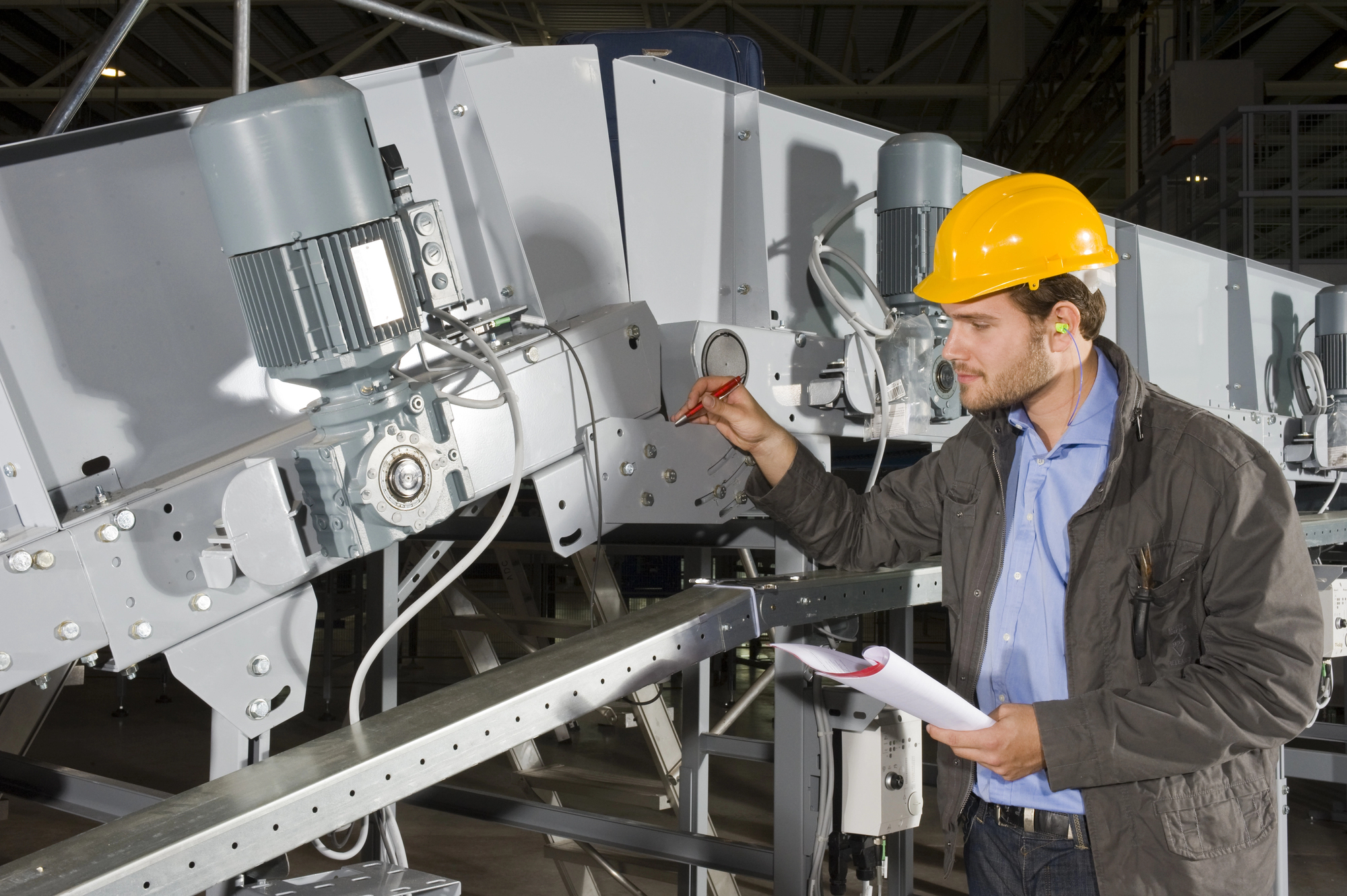
How Market Trends Impact Equipment Valuation
If your business relies on equipment to support operations, keeping track of its value is vital to staying ahead in a fluctuating economy. Valuing equipment can be beneficial whether you are buying, selling, or maintaining equipment. Understanding equipment value can also assist in resale, insurance, financing, accounting, and merger/acquisition situations. However, it is important to note that equipment value is not static—it changes over time. One of the key factors that influences value is market trends. In this article, we explore how market trends impact equipment valuation. We also discuss the importance of keeping up with these trends.
Peak Business Valuation, a business appraiser, values equipment for various businesses throughout the United States. We are happy to provide you with a professional machinery and equipment appraisal so you can make informed decisions. Additionally, we can discuss any questions you may have on equipment valuations. Start today by scheduling your free consultation below!
Understanding Equipment Valuation
Equipment valuation is the process of determining the current market value of machinery, vehicles, tools, and other tangible assets. There are various common approaches to valuing equipment:
- Market Approach: The market approach determines equipment value by comparing recent sales of similar items in the open market. This approach reflects current demand and supply dynamics. As such, it is particularly useful for appraising widely traded equipment with available sales data. Additionally, the market approach helps buyers and sellers assess fair pricing and make repair or maintenance decisions.
- Cost Approach: This approach estimates value based on the cost to replace the equipment with a new or equivalent model. A subtraction for depreciation due to age, wear, and obsolescence is also taken into account. The asset approach is useful when there is limited market data or when valuing specialized or custom machinery. It provides a cost-based benchmark, especially relevant for insurance, accounting, or liquidation purposes.
- Income Approach: When using the income approach, business appraisers value equipment based on its ability to generate income. The income approach also identifies ways to reduce costs or improve productivity over time. Business owners may find this approach ideal for valuing high-value assets used in revenue-generating operations. Common examples are rental fleets or manufacturing systems.
These valuation techniques are often used together to provide a fair market value, but external market forces should also be considered. At Peak Business Valuation, our team of valuation experts provides tailored equipment appraisals. Reach out for a free consultation to learn more about your equipment’s value!
Key Market Trends That Affect Equipment Valuations
Equipment values can be heavily influenced by changing market conditions. These factors are generally beyond a business’s control. Understanding these trends can help owners, buyers, and lenders make informed decisions about timing, pricing, and investments. Below are some of the most common market trends that directly impact how equipment is valued:
1. Supply and Demand Shifts
Scarcity Increases Value: When equipment is in short supply, its value often goes up. A prime example occurred during the global semiconductor chip shortage following the COVID-19 pandemic. As production slowed, fewer heavy trucks and construction machines were available, raising the prices of used equipment.
Oversupply Drives Prices Down: Conversely, when new equipment floods the market, especially at discounted prices, the value of used assets tends to decline. Manufacturers overproducing or clearing out inventory can lower prices in secondary markets.
2. Economic Cycles
Boom Periods: During economic upturns, industries like construction, agriculture, and oil and gas see higher demand. This leads to increased equipment purchases, which can temporarily boost values for both new and used machinery.
Recessions and Downturns: In contrast, slow economic periods may cause a delay or reduction in capital spending. As fewer buyers enter the market, equipment values often fall. For example, during the 2008 financial crisis, resale prices for construction equipment plummeted due to halted projects.
3. Technological Advancements
Obsolescence: As new technology becomes available, older models can quickly lose value. A diesel truck may be worth less when electric versions become the industry standard.
Upgrades and Retrofitting: Not all tech changes reduce value. Equipment that can be upgraded or retrofitted to meet new standards often retains or even increases its worth. For example, adding GPS tracking to farm equipment may boost its resale value.
4. Inflation and Interest Rates
Rising Equipment Costs: When inflation drives up the cost of materials and production, new equipment becomes more expensive. This can make used equipment more attractive and raise its valuation.
Financing Costs: If interest rates climb, borrowing becomes more costly. Buyers may hesitate to finance new or used equipment, which can reduce demand and negatively impact valuations.
5. Regulatory and Environmental Factors
Compliance Matters: Stricter emissions and safety regulations can reduce the value of non-compliant equipment. For instance, diesel engines that do not meet new emissions standards may be devalued or even banned in some areas.
Incentives for Green Equipment: At the same time, subsidies and tax incentives for electric, hybrid, or smart equipment can raise their market value. Government-backed programs often make environmentally friendly models more appealing and thus more valuable.
Peak Business Valuation is a trusted business appraiser that takes market trends into account. When valuing your equipment, we can help you understand its value accurately and clearly. To learn more about machinery and equipment appraisals, speak with a representative by scheduling a free consultation today!
Secondary Markets and Global Trends
Business appraisers also consider secondary and global markets when looking at how market trends impact equipment valuation. International trends can affect domestic pricing. Additionally, export demand—especially for high-quality or specialized equipment—can raise prices in local markets by tightening supply. For example, strong interest in American-made tractors from South American buyers can drive up U.S. resale values.
Currency fluctuations and trade policies further influence valuations. A weaker U.S. dollar can make exports more attractive, while tariffs or import/export restrictions may raise costs or limit availability. Together, these global factors create additional volatility in equipment values.
Conclusion
The value of equipment is never fixed. It is shaped by a variety of factors, many of which are driven by broader economic and industry-specific trends. From technology upgrades to supply chain issues, market trends significantly impact equipment valuation.
Staying informed and using up-to-date market data is essential when making financial decisions involving machinery and tools. Whether you are buying, selling, lending, or insuring, understanding how market trends impact equipment value can give you a significant edge. Schedule a free consultation with Peak Business Valuation today to start the machinery and equipment valuation process!
